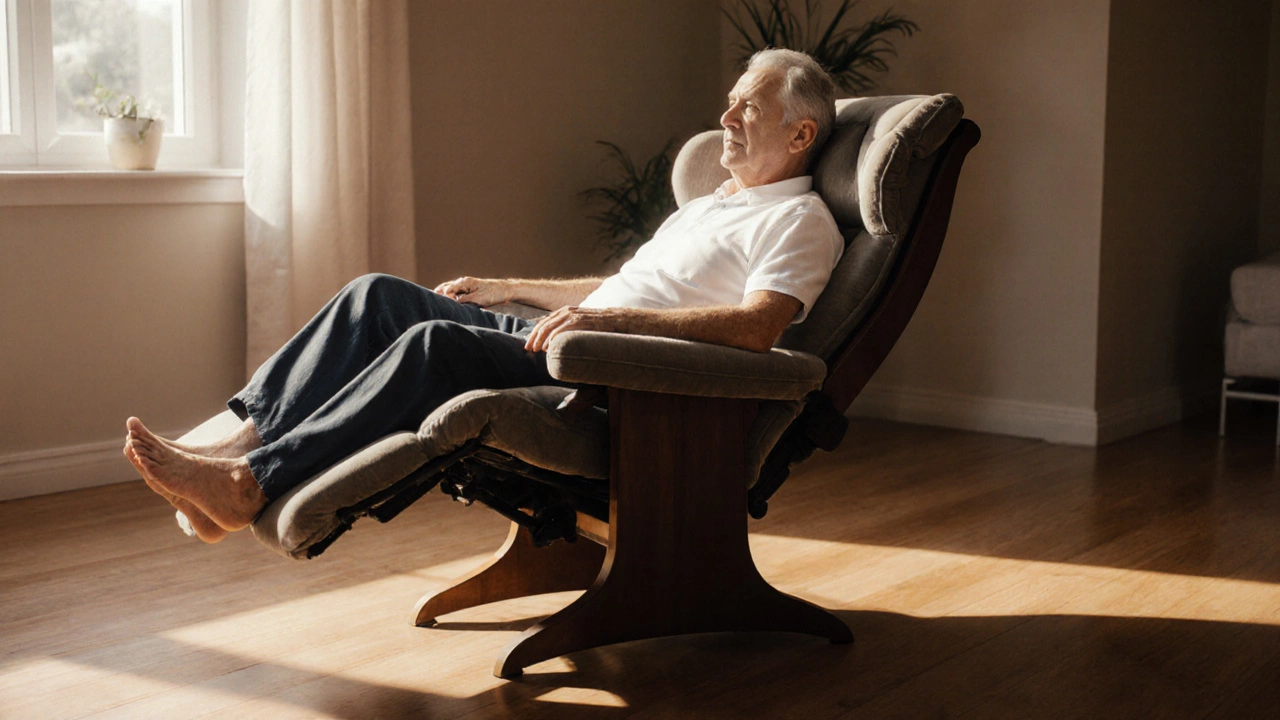Healthy Sitting: How to Keep Your Body Happy While You Sit
Key Factors for Healthy Sitting
When thinking about Healthy Sitting, the practice of maintaining good posture and proper support while seated. Also known as ergonomic sitting, it helps reduce strain on the back, neck, and hips. healthy sitting isn’t just a buzzword; it’s a set of habits that combine body alignment, supportive furniture, and movement breaks. Ergonomic Furniture, pieces designed to adapt to the user’s shape and promote neutral posture plays a crucial role because it supplies the right lumbar support, adjustable height, and armrests that keep joints in the correct angle. Good Posture, the alignment of the spine, shoulders, and hips while sitting is the bridge between comfort and long‑term health—when your spine stays in its natural curve, pressure on discs drops dramatically. Standing Desk, a height‑adjustable workstation that lets you switch between sitting and standing adds another layer: it breaks up long periods of static load, encouraging circulation and muscle activity. Together these elements form a simple equation: Healthy Sitting = Proper Posture + Ergonomic Furniture + Regular Movement.
Most people start with the chair they already own, but not every chair supports healthy sitting. An office chair with a curved backrest, breathable mesh, and height‑adjustable seat can align the pelvis and keep the knees at a 90‑degree angle, which is one of the core attributes of ergonomic furniture. Look for chairs that let you tilt slightly backward; this reduces lumbar pressure and mimics the natural backward lean of a relaxed position. If a proper chair isn’t an option, a seat cushion with memory foam can add lumbar support while a footrest keeps feet flat, preventing the hips from tilting forward. The next piece in the puzzle is the desk height: the top of the screen should sit at eye level, and elbows should rest at a 90‑degree angle—a setup often called the “neutral workstation.” When a desk can raise or lower, you can alternate between sitting and standing, which counters the risks of prolonged static posture. Prolonged sitting without movement is linked to reduced metabolism, tighter hip flexors, and creeping back pain, so incorporating a standing desk or simple stretch breaks every 30 minutes keeps the body active. By pairing a supportive chair with a height‑adjustable desk, you create a dynamic environment that naturally encourages healthy sitting habits.
Putting these ideas into practice is easier than you think. Start by assessing your current setup: sit with your back against the chair, feet flat, and check if your shoulders are relaxed. If you notice slouching, add a lumbar roll or adjust the chair’s back tilt. Next, measure the distance from the floor to the top of your monitor; if it’s too low, raise the screen or lower the chair. Finally, set a timer for 30‑minute intervals and stand, stretch, or walk for a minute or two. These tiny changes add up, turning everyday sitting into a healthier routine. In the articles that follow you’ll find deeper dives into TV stand alternatives, sofa vs. corner sofa choices, recliner buying guides, and tips for protecting garden furniture—all of which touch on how the right furniture and layout support a comfortable, pain‑free sitting experience. Keep reading to see how each piece of furniture can be part of a holistic healthy sitting strategy.
How to Sit Healthy in a Recliner: Ergonomic Tips for Better Posture
Learn how to set up a recliner for optimal posture, lumbar support, and circulation. Follow step‑by‑step tips, choose the right model, and avoid common mistakes for a healthier sitting experience.
View more